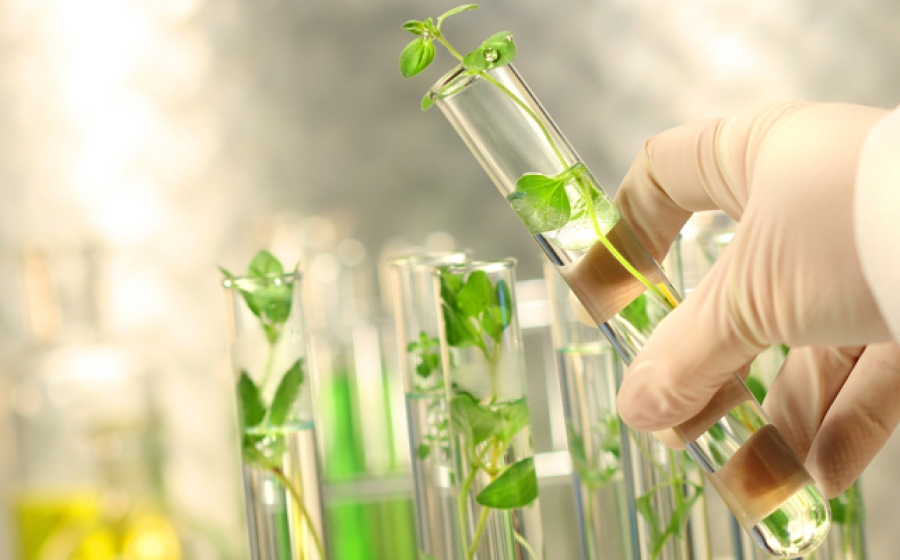Environmental Chemistry, Microbiology and Ecology

Tools and concepts from biology and chemistry are used to address a wide range of issues pertaining to environmental media. Environmental chemistry deals with pathways and rates of chemical transformations of organic compounds (both synthetic and biologically derived) and elements in the periodic table. Microbial ecology and engineering microbiology address microbial populations, changes in populations and ecosystems in space and time, the effects of microorganisms in naturally-occurring and engineered systems, and behavior and consequences of pathogenic organisms. While ecology seeks to explore populations and phenomena in the present, as influenced by human activities, and to develop an understanding of ecosystem change over time.
The Department of Environmental Health and Engineering seeks to understand foundational principles of these systems and apply this knowledge to elucidate linkages between environmental chemical and microbial exposures with human health outcomes. To mitigate environmental health and engineering challenges, research in these disciplines takes the interdisciplinary approach of interfacing with environmental and public health practitioners, researchers, scientists and environmental engineers.
Research Highlight
Unexpected Transformation of Dissolved Phenols to Toxic Dicarbonyls by Hydroxyl Radicals and UV Light
By 2050, two-thirds of the world’s population will be living in cities that are increasingly reliant on drinking water sources affected by agricultural runoff and industrial and municipal wastewater discharges (1, 2). These drinking water sources often contain trace concentrations of phenolic compounds that are widely used in dyes, surfactants, pharmaceuticals, and pesticides, including bisphenol A, triclosan, and nonylphenol-ethoxylates (3, 4). As a result of concerns about adverse health effects from chronic exposure to phenolic compounds, the Environmental Protection Agency and other regulatory agencies require the removal of certain phenolic compounds during water treatment.
Coupled Effects of Chemotaxis and Growth on Traveling Bacterial Waves
Traveling bacterial waves are capable of improving contaminant remediation in the subsurface. It is fairly well understood how bacterial chemotaxis and growth separately affect the formation and propagation of such waves. However, their interaction is not well understood. We performed a modeling study to investigate the coupled effects of chemotaxis and growth on bacterial migration, and examine their effects on contaminant remediation.
Associated Faculty
Grace Brush, PhD
Brush's research focuses on biological and physical processes and their control of species distribution, the response of the terrestrial and aquatic ecosystem to climatic and human disturbances, using the fossil record of organisms and sediments, and atomospheric-biologic interactions in pollen dispersal.
Meghan Davis, DVM, PhD*
As a molecular epidemiologist and an environmental microbiologist, Davis studies the interface of bacteria and hosts to reduce microbe-mediated disease in humans and animals. Her work applies the principles of one health and microbial ecology, evaluating target microbes and bacterial genes specifically and the larger microbial community (microbiome) broadly.
Chris Heaney, PhD*
Chris' research focuses on environmentally-mediated impacts on health and well-being, specifically community land use, waste disposal, and food production practices, and integrates the academic disciplines of environmental microbiology, molecular biology, immunology, epidemiology, and community-based participatory research (CBPR).
Peter DeCarlo, PhD*
Peter DeCarlo, PhD, studies the chemical composition of gas particles in the air to improve our understanding of climate, air quality, and health impacts of pollutants.
Carsten Prasse, PhD
Carsten investigates the fate of contaminants in the built and natural environment using state-of-the-art analytical chemistry techniques (e.g. high-resolution mass spectrometry) with the focus on identifying transformation products and understanding underlying mechanisms of transformation in the urban water cycle.
Sarah Preheim, PhD
Preheim researches the ecology of microorganisms impacting water quality in lakes, estuaries and coastal oceans to better inform remediation strategies. She uses a combination of field sampling, laboratory experiments and computational analysis to improve our understanding of the microbial processes that impact water quality.
Kellogg Schwab, PhD*
Schwab’s research focuses on environmental microbiology and engineering with an emphasis on the fate and transport of pathogenic microorganisms in water, food and the environment.
Alan Stone, PhD
Using the foundations of organic chemistry, inorganic chemistry, physical chemistry, and the nanosciences, Stone explores natural biogeochemical phenomena and properties/transformations of synthetic chemicals in environmental media. He focuses on the impact of speciation. He is also interested in engineered systems and the consequences of human activities.
*Denotes faculty who are accepting PhD students.
